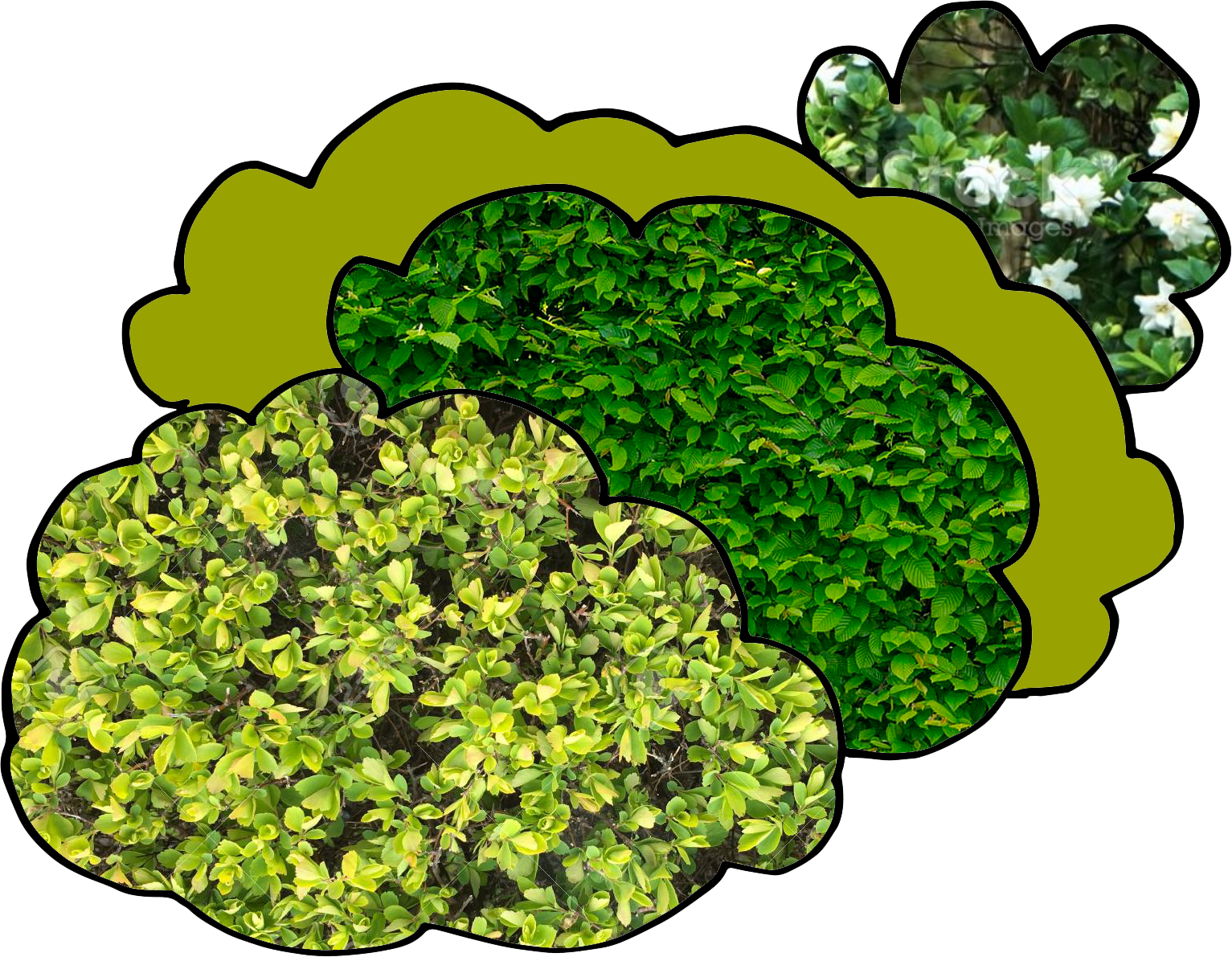The Japanese tea ceremony is a sphere of sophisticated taste and ritualised culture. As a space removed from the outside world, the mind is focused the body becomes aware of its own presence. It’s the late sixteenth century and the act of tea is a highly fashionable tradition in the making, yet it is an exclusive social pursuit, stylised by specific forms, movements, and materials.
|
 |
  |
The merchants trading in the port city of Sakai supported the growth of tea ceremony, chanoyu, over the past century. As an autonomous enclave unaffected by war, access to wealth and trade facilitated cultural growth (1). Foreign wares acquired through trade and inheritance most often came from China or the Korean Peninsula and were highly regarded as they exemplified fresh skills and materials (2).
Oda Nobunaga famously – and forcefully – collected as many of the fine tea utensils as possible as he recognised this was a path to establishing taste (3). The close quarters of doing tea additionally gave a function to wealth, and in doing so the tearoom could serve as a negotiation space, where neighbouring warlords could meet in a level environment. Nobunaga's successor Toyotomi Hideyoshi was not a particularly confident leader, nor was he afforded legitimacy and lineage through his low birth, so defining this tradition, or at least feigning to do so, was necessary to his future success (4). next |
 |
|

